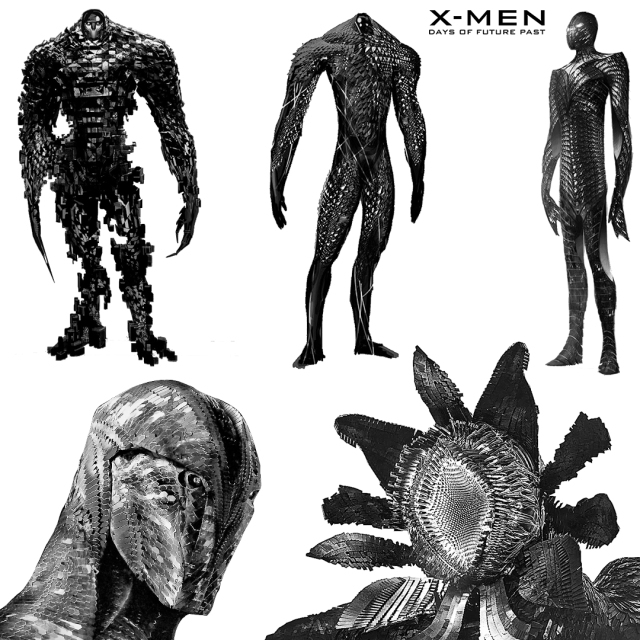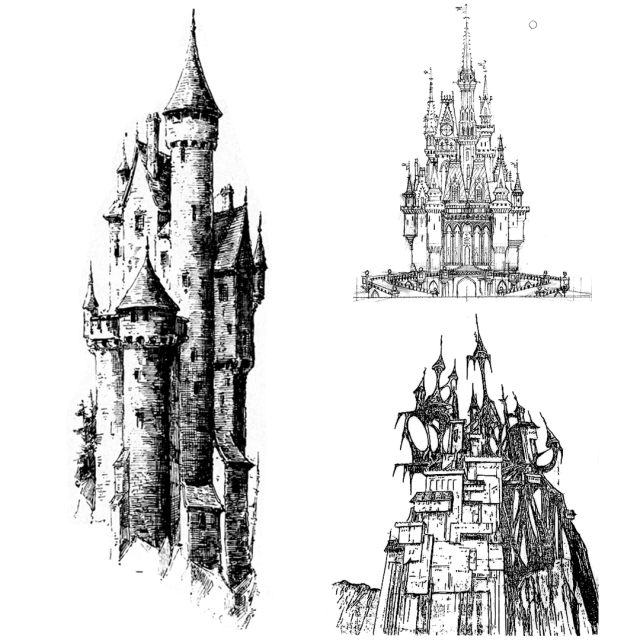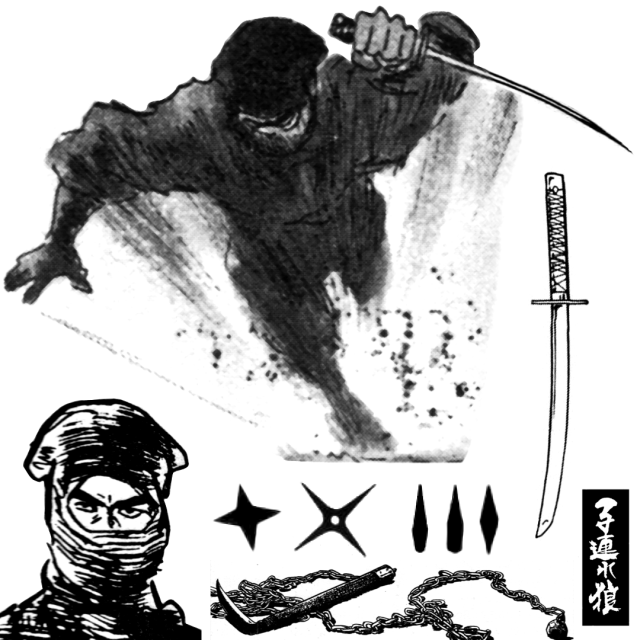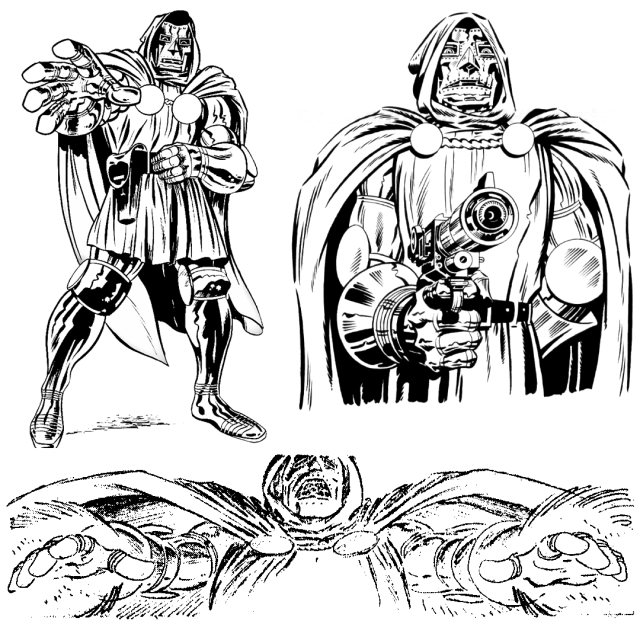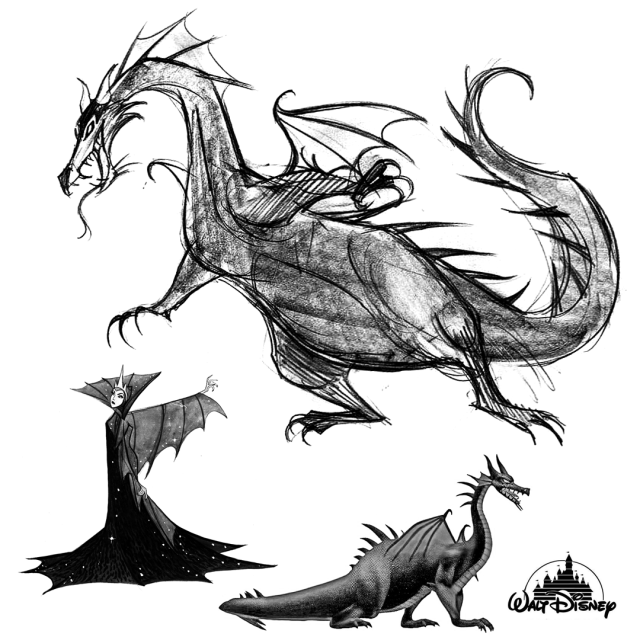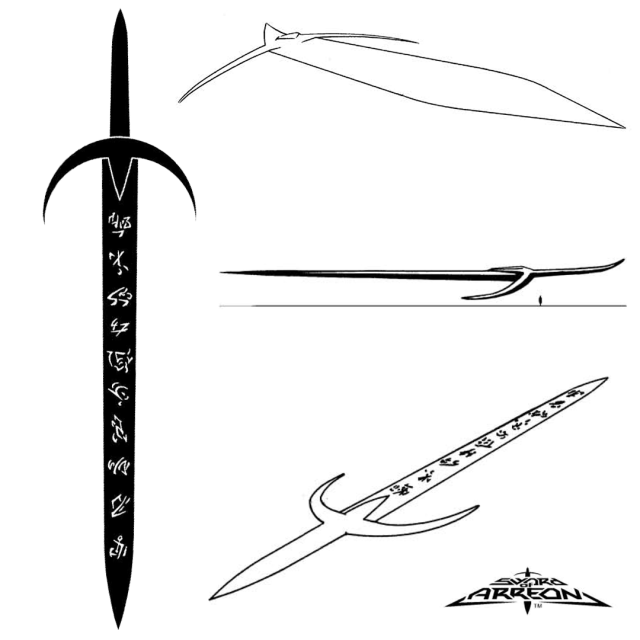
While doing research on the relationship between the pineal gland and the ether, I discovered a most interesting book written over a hundred years ago. Thought Power: It’s Control and Culture, by Annie Besant, is an eye opening text on the nature of thought, memory and associated phenomenon. Thought Power was written in a time before the complete burial of Ether theory by mainstream science due to the flawed Michelson-Morley experiment and Einstein’s omission of it in his famously overrated Theory of General Relativity.
At the turn of the last century (1900’s), belief in the ether as a universal background for both energy and matter was commonplace. Just as sound waves need a substance like air or water to travel through , the ether is an ultrafine carbon based substance which carries light, matter and even thought energy. Today, mainstream science believes that most of the volume of space consists of an empty vacuum. Ether is another word for the Oriental concept of chi (from The Tao of Physics, pg. 199), the harmony of form and spirit expressed 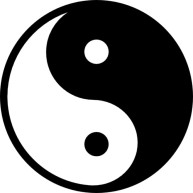 in the logo of yin and yang (see illustration). Thought Power explains (pp. 14-15) ether as The One, a static ether field that mass (i.e., the Universe) moves through at tremendous speed, causing atomic motion or spin and therefore electric charge in the electrons of all matter in the universe. Besant states that vibration (motion) is the root of all life and consciousness, separate manifestations out of the infinite static One. This is similar to the Hindu myth of Indra’s Net, an intricately arranged jeweled fabric surrounding Indra’s palace which stretches out in all directions. Looking closely at any one of the jewels, an observer sees a reflection of every other jewel in the net, and also sees the reflections in those reflected jewels. Our minds form a “network of consciousness”, individual units which are the jewels strung together by vibrations in the fabric of the ether.
in the logo of yin and yang (see illustration). Thought Power explains (pp. 14-15) ether as The One, a static ether field that mass (i.e., the Universe) moves through at tremendous speed, causing atomic motion or spin and therefore electric charge in the electrons of all matter in the universe. Besant states that vibration (motion) is the root of all life and consciousness, separate manifestations out of the infinite static One. This is similar to the Hindu myth of Indra’s Net, an intricately arranged jeweled fabric surrounding Indra’s palace which stretches out in all directions. Looking closely at any one of the jewels, an observer sees a reflection of every other jewel in the net, and also sees the reflections in those reflected jewels. Our minds form a “network of consciousness”, individual units which are the jewels strung together by vibrations in the fabric of the ether.
Last week in the office an annoying co-worker smelled burned toast from the break room in the air, and asked aloud “who’s burning toast?”. Immediately, I thought to myself “your mom” and then, half a second later, another co-worker in the next cubicle said the exact same words out loud. According to ether theory, my thought to say “your mom” came from the ‘sound’ of thought made by my neighboring co-worker. “Your mom” was carried through the ether and was picked up by my pineal gland (a rice-sized organ in the center of the brain) entering my mind as a thought. The reverse is also certainly possible; that I thought of the snippy remark and my more vocal co-worker picked up on it and spoke it aloud.
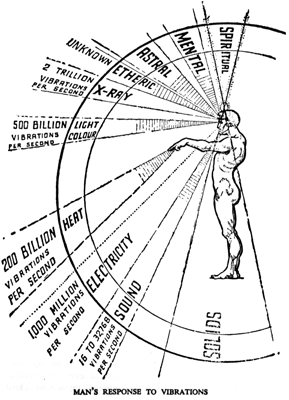 A large number of thoughts surround us constantly. Public opinion, Besant writes, is the result of certain thoughts existing on a national scale. The habits, beliefs and desires of everyone contribute to this ‘thought atmosphere’, which influences us on an unconscious level. It is important to guard oneself against the influence of unwanted thoughts by occupying our minds with thoughts about subjects of interest. Also, by dwelling on virtues like honesty and patience we can immunize our minds against negativity, fear and other unsavory mental energy swirling around through the ether surrounding us.
A large number of thoughts surround us constantly. Public opinion, Besant writes, is the result of certain thoughts existing on a national scale. The habits, beliefs and desires of everyone contribute to this ‘thought atmosphere’, which influences us on an unconscious level. It is important to guard oneself against the influence of unwanted thoughts by occupying our minds with thoughts about subjects of interest. Also, by dwelling on virtues like honesty and patience we can immunize our minds against negativity, fear and other unsavory mental energy swirling around through the ether surrounding us.
Besant writes that the nature of thought itself is consciousness or knowledge and the form that attains the knowledge. This can be illustrated as a mirror and the reflections that appear in it. By themselves, neither is complete reality. Just exactly as I wrote the preceding sentence, I got an email announcing Liz Bard’s latest blog post entitled Shared Perspective, a haiku poem that I’ll repost here for its eerie relevance to the subject of this paragraph:
we stand on this shore
separate yet together
your outlook is mine
Thanks, Liz. I always appreciate your daily poem. Using her poem as further illustration, a mirror (the mind) stands on the shore where mind meets matter, reflecting the ocean (matter). They are separate, but seen together they are a complete image of reality.
Besant quotes The Book of Golden Precepts (p. 19-22) “The mind is great slayer of the real”. This is both an advantage and a disadvantage depending on one’s point of view. Positively, the mind as ‘creator of illusion’ is an limitless tool for visualizing positive possibilities, dreaming up works of fiction spanning all forms of media (film, literature, artwork, etc.) and creatively altering fate through affirmation and faith. Conversely, the mind has an equal capacity to imagine all sorts of negative associations, to take offense when none is really given, and to create fear out of neutral situations and circumstances. Both positive and negative mental projects are only speculation on a larger unknown reality; therefore why not choose to imagine what is positive and desirable? I find positive thinking to be more useful than self-defeating beliefs such as Murphy’s Law, ‘do unto others before they do unto you” and other such banal tripe.
Images in the mind are reproductions of the things themselves, portraits of reality that differ from the actual subject. Besant states the importance of remembering that although it might not think so, the mind is not who we are. Ours minds are part of us, the same as our hearts, eyes and hands, but need not define us. This reminds me of the most important takeaway from Marcus Arelius’ Meditations. Namely, that our opinions are the problem, not the subject of the opinion. Put another way, this time from a Twitter feed “The problem is not the problem. Your attitude toward the problem is the problem”. Cognitive dissonance? Perhaps. But if it is, choosing to be angry about things we have no control over is also cognitive dissonance.
Besant also has some useful remarks (pp. 30-32) on studying books and other written material. Her suggestion to “read less, and think more” means considering the information in the book for twice as long as it took to read it in order to reach our own understanding of the content. Putting the subject in our own words and associating it with our own the experiences leads to a better assimilation of knowledge stored in books.
As obvious as it seems, Besant advises us to be careful what you think (p. 39) . To paraphrase a statement by Jack Canfield, we only have control over three things in life; what we think, what we visualize, and what we do. Here is the real secret of Thought Power, that individuals have a choice of what to think. Since we can only think one thought at a time, it becomes simple to dismiss negativity, unhappy memories and any other useless content by replacing it with inspirational quotes, beautiful imagery or other uplifting subject matter. The mind is fertile and will grow whatever concepts the thinker focuses on regardless of the utility of their substance.
Thought Power offers speculation on the nature and origin of thoughts and memories themselves (pp. 48-49). The purpose of thought in essence is to distinguish objects and physical phenomenon which cause sensation as coming from self or from non-self. More than just sensations or feelings, thoughts are presented as “opinions” of sensory data, cross referenced with the thinkers memories. Thoughts about the object that caused the sensation are colored primarily by associations with pain or pleasure. Besant’s example of this is the pain experienced by an infant as he or she grows hungry (pain), remedied by feeding on mothers milk (pleasure). It occurred to me that this simple equation of sensation categorized into pain or pleasure could be applied, conceptually at least, to the development of artificial intelligence. The ‘pain’ of running low on battery power is akin to the hungry baby, solved by the pleasant flow of life giving electricity.
Besant mentions the “Akashic Records” (p. 53), an immense field made up of every sensation ever experienced by all thinkers throughout time. Created by consciousness and always growing, this ‘cloud’ is an energy database of memory and experience. It has been said that it is possible to access the information stored in the Akashic Records through meditation, dreams and other intuitions, but the author does not go into detail about how to do so. While everything we know and ever wanted to know is available in the ether surrounding us, that does not mean we necessarily remember it. Our opinions of the sensory data we constantly receive from the world around us affects what we retain in memory. We only remember what we care about, but improving one’s memory is possible. By insisting to ourselves that we will pay attention, observe accurately and think steadily upon the information, we can exercise our mental muscles of observation and recall. I have made an exercise of remembering the names of people I meet face to face and over the phone, and this practice has improved my ability to retain information.
Besant also has some remarks about attention. There is a significant difference between the intent behind paying attention. Subjects that we consider interesting are naturally easier to give attention to than subject matter that we consider boring. When attention is drawn forth by topics of interest, the attention comes from desire. When attention is sent forth to subjects we’d rather ignore, our willpower sends it out. An example would be how it’s easy to remember the name of our favorite character in a TV series, compared to remembering when it’s time to renew our car registration. The metaphor of photography (p. 60-61) fixing an image on a silver salted plate for impressions on the mind becoming memories is only relatively accurate. It seems subjects that interest us form clear, focused memories, while topics we find boring form blurry memories.
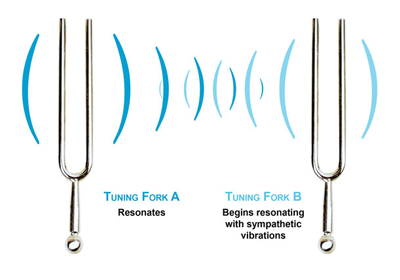 One sure practice for improving mental faculty is to surround oneself with intelligent people. Besant says how the higher vibratory rates of the minds of ‘strong thinkers’ (p. 75) can evolve the power of our own minds through a kind of “tuning fork effect” (see illustration). This reminds me of the Master Mind Principle from Napoleon Hill‘s Think & Grow Rich. As one of thirteen key concepts in the process of gaining wealth, Hill states the importance of meeting with a group of like minded, positive individuals at least once a week increases intelligence, among other benefits. Similarly, an ex-marine I worked with years ago on a number of 3D training simulator projects said “none of us is as smart as all of us”.
One sure practice for improving mental faculty is to surround oneself with intelligent people. Besant says how the higher vibratory rates of the minds of ‘strong thinkers’ (p. 75) can evolve the power of our own minds through a kind of “tuning fork effect” (see illustration). This reminds me of the Master Mind Principle from Napoleon Hill‘s Think & Grow Rich. As one of thirteen key concepts in the process of gaining wealth, Hill states the importance of meeting with a group of like minded, positive individuals at least once a week increases intelligence, among other benefits. Similarly, an ex-marine I worked with years ago on a number of 3D training simulator projects said “none of us is as smart as all of us”.
In the absence of a mastermind group, Besant suggests that reading books written by great minds is the next best way to increase mental faculty (p. 77). By reading in a receptive, ’empty’ state and concentrating intently on the written content, we can “pierce the mind of the writer through the veil of their words”. This passage from Thought Force evokes p. 40 of Cyril Davson’s Physics of the Primary State of Matter, where he compares the ‘remnant consciousness’ stored in the a library to a kind of potential energy that can transfer from the books to the minds of the readers once read and understood.
Due to the connection between the mind and body, concentration has several physical effects on us whenever we listen, watch or feel with great interest (p. 80, 102). Concentration can cause muscle tension, perspiration of the palms of the hands and change the nervous system. Attention is tension, Besant writes, and cautions beginners to only do concentration exercises for short periods of time. Concentration channels the energy of the mind in a single direction, effectively making it stronger for the duration. With practice, the mind can concentrate on something for a long time, just as working out regularly increases physical strength and stamina. While building the powers of concentration, it is important to take breaks and be aware of tension arising in the body. This will eventually break down the association of tension in the body with concentration of the mind and improve the quality of attention and focus.
At a more advanced level (p. 84), those interested in strengthening their concentration are advised to practice the following technique. Focus your full attention on an object in order to form a mental picture of it, then drop the object itself from your mind’s eye while remaining concentrated. Ignore all incoming impressions from your senses. In this critical fleeting moment after dropping the subject of concentration, there is a narrow empty space leading to sensory impressions and inspirations from ‘higher worlds’ (p. 89). It should be noted that these ‘higher worlds’ are dimensions or frequencies of consciousness rather than physical places. Access is gained through changing states of consciousness rather than traveling elsewhere.
Indeed, Besant writes that (p. 87) the “Heart of Life”, representative of the whole universe, exists in everyone. Located in a small chamber inside the heart, this point of concentrated ether is connected with the vibrations of everything and everywhere. Since we are immersed in the ether, a continuous medium of latent consciousness blanketing all matter, our conscious attention can be directed anywhere through this connection with the inner ether in our hearts. Through inner knowledge of ourselves can we gain knowledge of everything outside of ourselves. However, we may not understand things we encounter because of a lack any prior reference (p. 89). This is somewhat like the disorientation of instantly appearing in a crowded market in a city of a country that we have never visited before, where everyone speaks a different language.
A passage I find especially relevant (p. 97) is quoted from a text written five thousand years ago; “The Mind is hard to curb and restless, but it may be curbed by constant practice and indifference”. Besant cautions us to beware of unwanted thoughts through the agent of the will, our guard against the wandering nature of the mind. Using our willpower enables us to direct our minds back to thoughts about more savory topics of interest (p. 92). The repeated exercise of willpower, along with concentration on virtue help shape the mind into a more effective form, crowding out negative thinking. The mind is like a magnet in that it tends to attract all sorts of thoughts, both wanted and unwanted, so thinking efficiently becomes a filtering process as much as a choosing process. Don’t fight bad thoughts, just walk away from them toward something you like. The habit of saying to yourself “oh well” when the mind wanders to unsavory subjects is also a useful practice.
I found Thought Power to be a very enjoyable, informative and inspirational book which I am glad to have discovered. Thank you again, Google.

